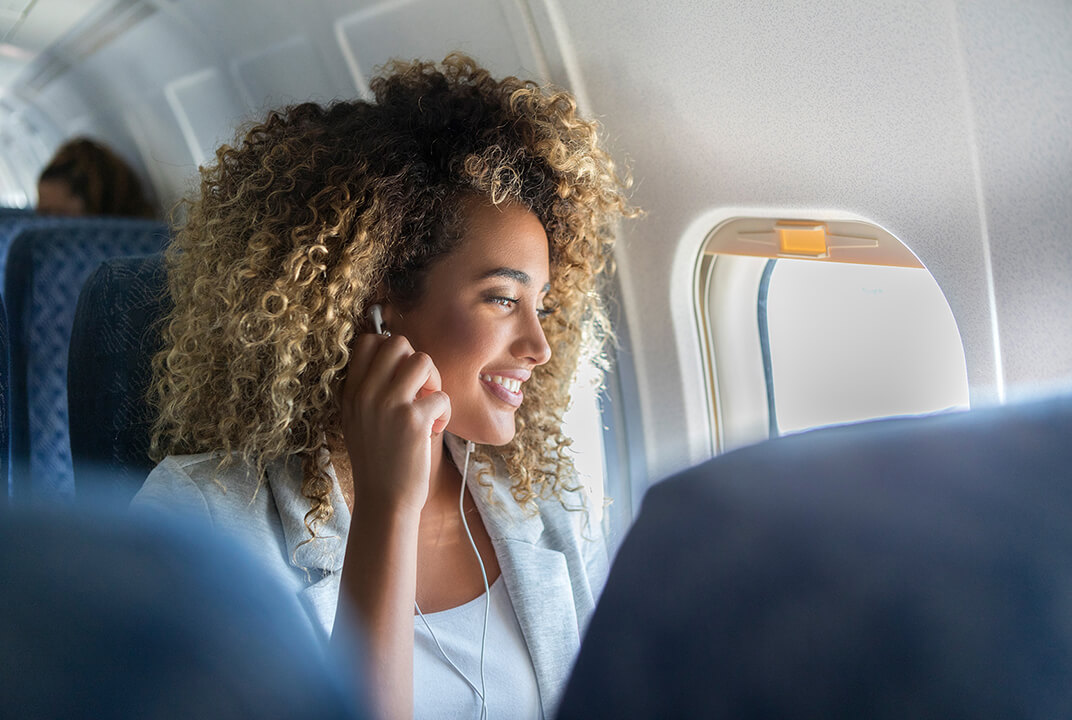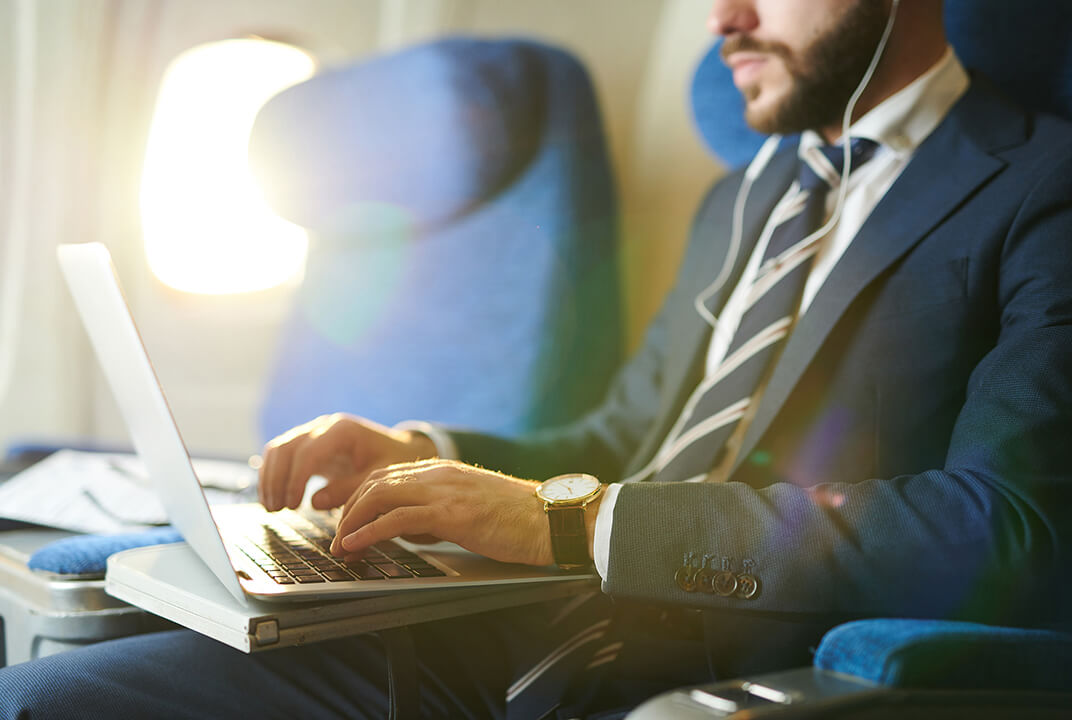Deutsche Telekom offers customers free GX Aviation on Lufthansa flights
Deutsche Telekom has announced that its residential customers in Germany will be offered free inflight broadband, powered by Inmarsat’s award-winning GX Aviation solution, on all domestic, short and medium haul flights operated by Lufthansa Group.
The offer, initially introduced in April 2020 to keep Lufthansa, Eurowings and Austrian Airlines passengers connected in the wake of COVID-19, has now been extended until the end of 2021.
There has been a lot of discussion around the benefits of airlines adopting a free-of-charge model for their passenger inflight broadband offerings in recent months, with our white paper suggesting such a move could lead to take-up rates of between 30-40%.
Wi-Fi offering
“According to a Bitkom survey, every other German would like to surf the Internet free-of-charge onboard an airplane,” says Hagen Rickmann, Board Member Business Customers at Deutsche Telekom. “We are now responding to this request and expanding our Wi-Fi offering on the plane. From now on, private customers can also surf free of charge on European flights of the Lufthansa Group.”
The extension of the offer by Lufthansa Group shines a light on our efforts with partner Deutsche Telekom to increase inflight connectivity take-up rates for airline customers. According to Asbjorn Christoffersen, Inmarsat Aviation’s Vice President of Retail Revenue Management, there are two fundamental barriers that need to be overcome to unlock the full potential of IFC: ease of access and a lower pricing.
One of the ways we are helping airlines to overcome these barriers is by enabling advanced roaming services to allow subscribers of mobile network operators and Wi-Fi service providers to automatically access the inflight Wi-Fi service.
Roaming experience
“The simplicity of a plug-and-play experience is the key reason why 40% of mobile subscribers in Europe actively use cellular roaming services when abroad. We now have the technology to fully emulate that cellular roaming experience on a flight. Merely turn on your smartphone and start using the inflight Wi-Fi services,” explains Christoffersen.
“Starting with mobile app based roaming – using the WISPr technology – we’ll expect to rapidly transition to fully automated cellular style roaming using Passpoint technology.”
Passengers are billed via their regular mobile network subscription and many roaming partners are choosing to bundle the inflight pricing into the subscriber’s regular monthly subscription fee.
Free of charge
As part of the campaign with Lufthansa Group, Deutsche Telekom customers with a Magenta Mobil M tariff or higher can book the ‘Inflight Europa Flat’ Wi-Fi free of charge. For business customers, the flat rate is now also available free of charge from the Business Mobil M rate onwards.
The tariff option is simply booked before the journey starts. The offer also applies to business customers of Magyar Telekom, Hrvatski Telekom, Slovak Telekom and T-Mobile Czech Republic, who use the One App instead of Deutsche Telekom’s Connect App.
The offer of free GX Aviation inflight broadband will be communicated via an onboard announcement. Passengers can either login onto the connectivity service manually (via the portal of the respective airline) or through Deutsche Telekom’s Connect App.
Market differentiator
GX Aviation is available as soon as cruising altitude is reached, prompting the Connect App to automatically display the available Wi-Fi and ask whether a connection should be established.
“As airlines look towards recovery from the COVID-19 downturn and how they can draw passengers and gain an edge against competitors, they should not forget inflight Wi-Fi as a market differentiator – and importantly the power of ‘free’,” said Inmarsat Aviation Senior Vice President Niels Steenstrup in a recent blog for Aircraft Interiors International.
“In our daily lives, free internet access has for some time been an absolute expectation. More and more passengers are now expecting that same level of connectivity in the sky. This trend is intensified by the growing influence of digitally native consumers like Generation Z, which will become the largest group of passengers within the next decade.”

